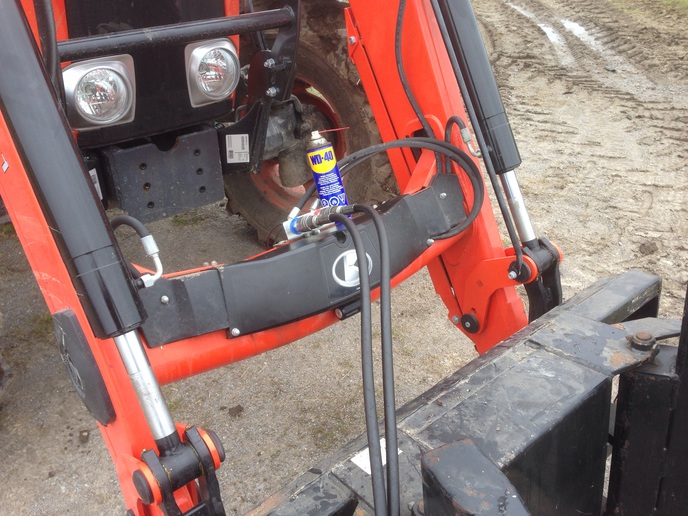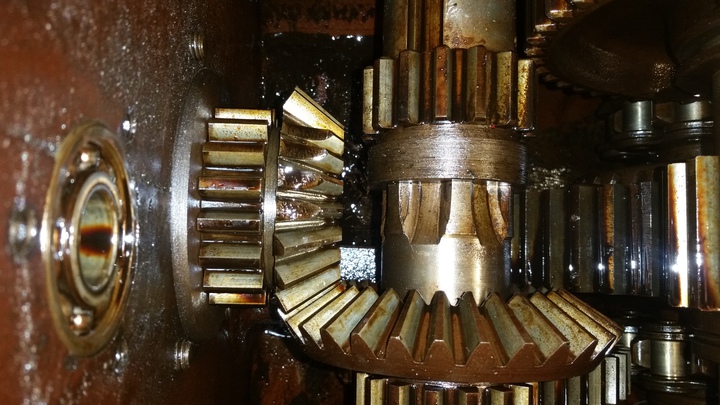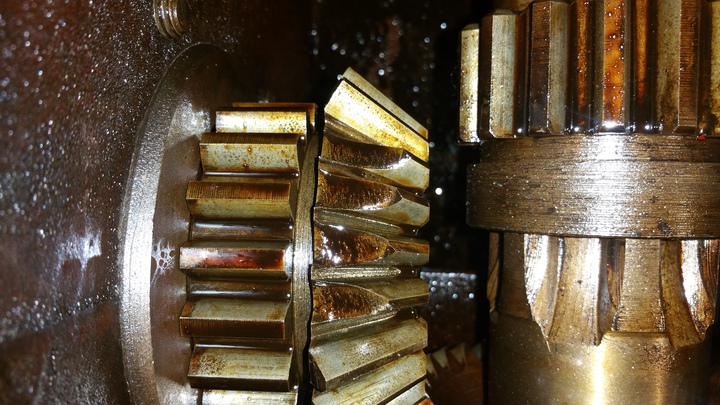Your location being in Massachusetts, you have similar weather, and terrain, soils may vary, but its eastern woodland, likely with meadows, ag fields, surrounded by hedgerows, woodland, rolling hills and some more open, larger fields, the conditions are similar and familiar, so is the weather.
The weather will always dictate what you get as far as hay is concerned, some years good, excellent, some could be a wash out, last June was a perfect example of this, if you did not take a lesser cutting in May, you likely would get stalky over ripe grasses, that once dried for baling, could be closer to straw with the additional bleaching from the sun.
I've always preferred to take earlier, less stalky cuttings, for horses, dries faster, better quality, less dust from the lack of heads and so on. You will get less tonnage, but more cuttings, kind of the game you play, but feed quality will be there, if you can avoid rain, and too much dry time, it stays greener and horses, well ours at least, just love this green and leafy hay.
I've fed all kinds of hay over the years, when I was a kid, to later years while dealing with horses up to a few years ago. We used to feed alfalfa, (sparingly as a treat) regular hay grasses, as best can be harvested, and clover alfalfa timothy hay grass mixtures of various quality, all dictated by the weather.
With the higher quality, high feed value type of hay, you don't feed that in any excess, sparingly and never change them over to anything lush immediately, always gradually, in small quantities. The main stay should be a quality hay grass with decent feed quality, I find with overipe, stalky bleached out hay, they pick through it and mash the rest into the bedding, now whether the horses are spoiled with good green leafy grass hay or otherwise turning their nose up to it, well that depends on other things as well, that is unique to who cares for them. I find that, just like what they graze in the field, the closer to what they prefer that you can bale, is what works best. You can see the lawn like areas know what that is, and the over grown, over ripe grasses, headed out or otherwise not so desirable, your stand of hay grasses should match what they prefer in my opinion. Now I am not saying you need to be overly fanatical about hay, you do the best you can, I've never fussed about hay that's bought or that I have put up myself, if I can better a stand of grasses, by all means, weather might just negate that anyway, what you buy, its a decision, if its decent, it will be just fine, just don't sell me dusty straw, or molded hay, or bleached out, heavily rained on hay. Its simple to discern whats what. Over ripe, with a green tint is still just fine, just that they make pick through it, mix with bedding and you will feed lots more of it, sometimes that's all you can get so you work with it, like has been said, better than snowballs in the winter.
I've often taken lush 2nd cuttings, straight up grasses, clover/alfalfa mix, and as much as I could get of this, along with various quality of first cuttings, to make up the overall feed stock I will use for the year. I then feed accordingly, sure its a real treat to feed some lush green hay, but its ok to mix or feed when one gets thin, during the winter, which I often saved 2nd cut or high feed value for, and fed accordingly, by how much I have on hand, what the horse(s) may need, etc. My preference is for the greenest "leafiest" hay I can get, does not always work that way. Some fields are nice clover mixes, some straight up grasses, taken at various stages, so you make the best of all of it and feed it out as makes sense with what you have and plan as best you can for the off season, late fall, winter and spring. Put up what you need, buy what you need as best you can do with what you have.
Now with a stand of hay grasses, I find that the higher the feed value of what you produce, by virtue of what is planted and maintained, has value, say you get rain on it, you lose some feed value, but you have more to start with, say it just needs more dry time, more bleaching, you still have more to start with, a poor stand just won't give you that, and weather will always dictate around here. If its in the swath, one side may bleach, bottom won't you lose some, not all, same if in the windrow, though you will lose more if the previous, higher quality to start with, all is not lost, I've bought nice hay that had a little rain on it in each stage, but the stand was excellent and it weathered the rain with plenty left over, maybe it was closer to a late first cut, this is the game you have to play. One stand, adjacent to our land, recent planting thick with timothy, cut at the right time, we got a little rain that night, was in the swath, he raked it up, little bleaching, baled soon after and delivered late that afternoon, you could hardly tell, he knew how to plant, grow and maintain a stand of hay grasses, best fields I have ever seen are ones he planted, I've baled a lot of the same when working for him, I really enjoyed the work too, small squares and all, because it was high quality.
In the last few weeks, there has been weather windows to take early cuttings, as well as the last few days before the weather system that just gave us a nice rain, perfect conditions, but with just enough time. I have a stand of grasses that I have only kept cut, over the years, and it was established as alfalfa/timothy mix back in the late 60's, its never been anything else, was behind our barns, part of a large field, this is the last remaining section. Its mostly grasses, but with 2 kinds of weeds sparingly throughout, as is, it would make excellent hay, I've done nothing to it, ever. If I were to spray for those weeds, address PH, and fertility, possibly overseed, it would be minimal to obtain a great stand. In the photos, its at its peak, topped out, headed out, as tall as it will get, and I have seen it almost 6 feet some years, this year its 4 feet, greener because of the snow, it got a late start, but it would give the most yield now, earlier, less stalk, quicker dry time and very good feed value, they just like 2nd cut or early first cut. I took a sample with the lawn mower, dried in windrows and on a tarp, out of the sun, now you just wish you could mass produce that kind of hay LOL. I know its good, as I have a couple of pet voles and they just love it, go figure, a critter that is sustained on roots and lush green forage, loves this hay and they are healthy and happy as can be. 2 completely different animals, but both love and thrive on quality hay, you could feed this as a treat like those green cubes you buy for horses.
The stand in the photo, its ideal right now, for both yield, and quality, its a shame to take it down with the rotary mower, probably 200 small bales in there, but I do not have the means to put up hay, if I did, every acre here would be planted in it, and I'd put it up for our horses or sell it, focusing on the highest quality I can make, all dependent on the weather.
This is lengthy, I enjoy the discussion, lots of good information shared by all, fun to participate at lunch time, now I had best go get the patch of dirt planted in the photo, or there will be no sweet corn for the deer, er uh I mean me LOL !!!







